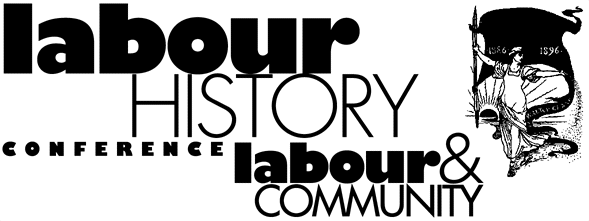Start Date
3-10-1999 10:00 AM
End Date
3-10-1999 10:30 AM
Description
The 'new' Parliament House in Canberra, opened in 1988, was designed to both symbolise and house representative democracy in Australia. Both of these functions have made it an important site for protest - it is a place through which claims are made and concerns are voiced by a diverse range of political movements and individuals. But as a public space, it is not only used by protesters to articulate their position in relation to a wider, general public. Parliament House has also acted as a public space through which participants in political movements or 'counterpublics' have negotiated their relationship with each other. Public space, in other words, acts as both a space for representation, and a space for formation, when used by counterpublics engaged in protest. In this paper, I want to trace the connection between these two aspects of protest at Parliament House. I argue that this dual perspective is useful in understanding the dynamics of protest events. It offers insights for those engaged in protest, as well as those engaged in regulating it. I want to start by briefly outlining where this dual perspective on public space and protest comes from, by considering the relationship between public space and the public sphere. Next, I describe the space available for protest at Parliament House and its regulatory framework. Then the paper looks at two particular protest events - the rally organised by the ACTU at Parliament House in August 1996, and the Aboriginal Tent Embassy protest in front of Old Parliament House. The paper concludes with some more general thoughts on the relationship between protest and public space.
Public Space and Protest: an Analysis of Protest at Parliament House, Canberra
The 'new' Parliament House in Canberra, opened in 1988, was designed to both symbolise and house representative democracy in Australia. Both of these functions have made it an important site for protest - it is a place through which claims are made and concerns are voiced by a diverse range of political movements and individuals. But as a public space, it is not only used by protesters to articulate their position in relation to a wider, general public. Parliament House has also acted as a public space through which participants in political movements or 'counterpublics' have negotiated their relationship with each other. Public space, in other words, acts as both a space for representation, and a space for formation, when used by counterpublics engaged in protest. In this paper, I want to trace the connection between these two aspects of protest at Parliament House. I argue that this dual perspective is useful in understanding the dynamics of protest events. It offers insights for those engaged in protest, as well as those engaged in regulating it. I want to start by briefly outlining where this dual perspective on public space and protest comes from, by considering the relationship between public space and the public sphere. Next, I describe the space available for protest at Parliament House and its regulatory framework. Then the paper looks at two particular protest events - the rally organised by the ACTU at Parliament House in August 1996, and the Aboriginal Tent Embassy protest in front of Old Parliament House. The paper concludes with some more general thoughts on the relationship between protest and public space.


